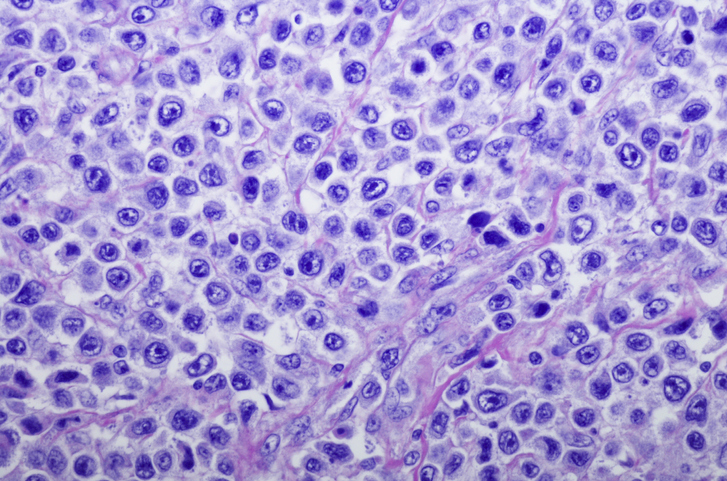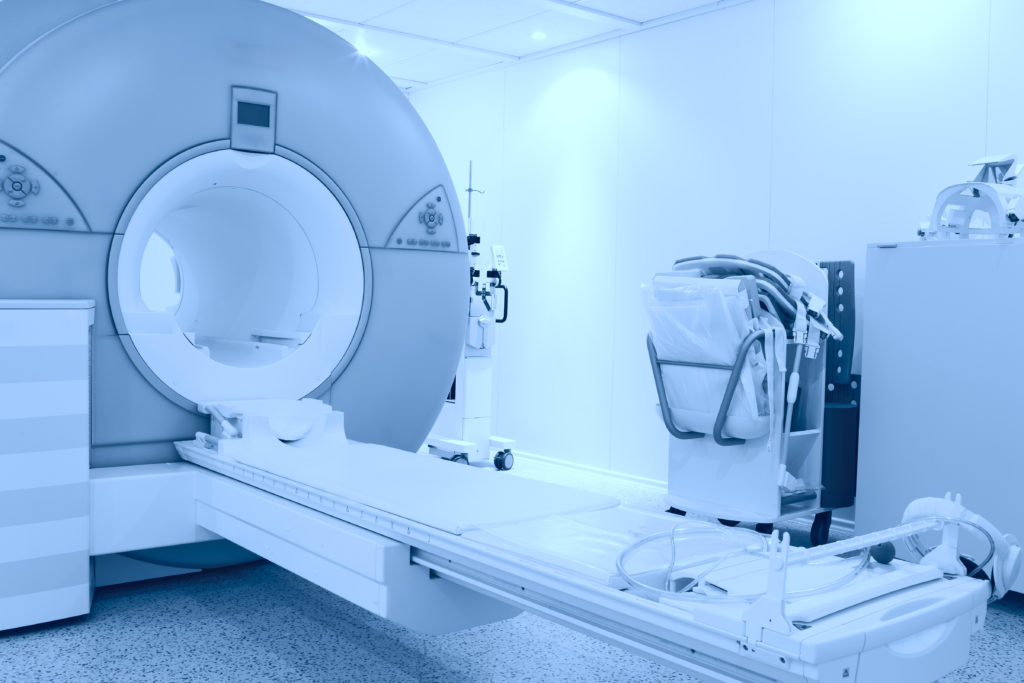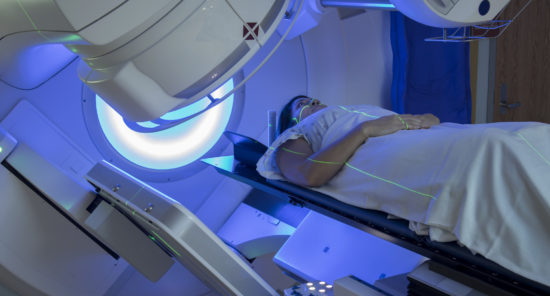New, individualized guidelines for routine surveillance mammography for breast cancer survivors 75 years or older were published today.
The new guidelines, published in JAMA Oncology, recommend discontinuing routine mammography among breast cancer survivors whose life expectancy is less than five years, even if they have a history of high-risk cancers; considering discontinuing routine mammography for survivors whose life expectancy is five to 10 years; and continuing routine mammography for survivors whose life expectancy is more than 10 years.
“The standard recommendation for mammography in breast cancer survivors of all ages has been annual screening. There has been little guidance on how to tailor screening for older survivors—what role life expectancy, risk of recurrence, patient preferences, or the tradeoffs associated with mammography should play,” said first author of the paper Rachel A. Freedman, MD, MPH, of Dana-Farber Cancer Institute. “The result is that the use of mammography for older survivors has been highly inconsistent. With the number of older women who will be diagnosed with breast cancer expected to increase in the coming years, it’s important that we find ways to individualize decisions for each patient’s circumstances and preferences.”
Dr. Freedman put together an 18-member panel of patients as well as breast cancer primary care, geriatrics, radiology, survivorship, and nursing experts to assess available data on the risk of breast cancer among older survivors of breast cancer that considered factors such as cancer subtype, what treatments the patients received, and the patient’s age and health status. A parallel review was also performed to analyze the pluses and negatives associated with mammography.
The literature review found that the risk for breast cancer among these patients was low. When reviewing the pros and cons of mammography, the panel found that while screening benefits for older women are not well defined, it does not appear to significantly benefit these women. Negative factors associated with mammography included false positives, anxiety associated with diagnostic testing, and overtreatment.
After collecting these data, the panel put together their guidelines, which were reviewed by a group of clinicians and patient advocates as well as five clinician focus groups. The guidelines were further revised before then being reviewed by the International Society for Geriatric Oncology, after which the guidelines were updated once again and then finalized.
The guidelines, according to the paper, provide “a framework for individualized discussions, facilitating shared decision-making regarding surveillance mammography” in this patient population.
Dr. Freedman further elaborated, “The purpose of the guidelines is to offer clinicians support for having these conversations with patients and to make a shared, individualized decision for each woman.”
Credit: Original article published here.










